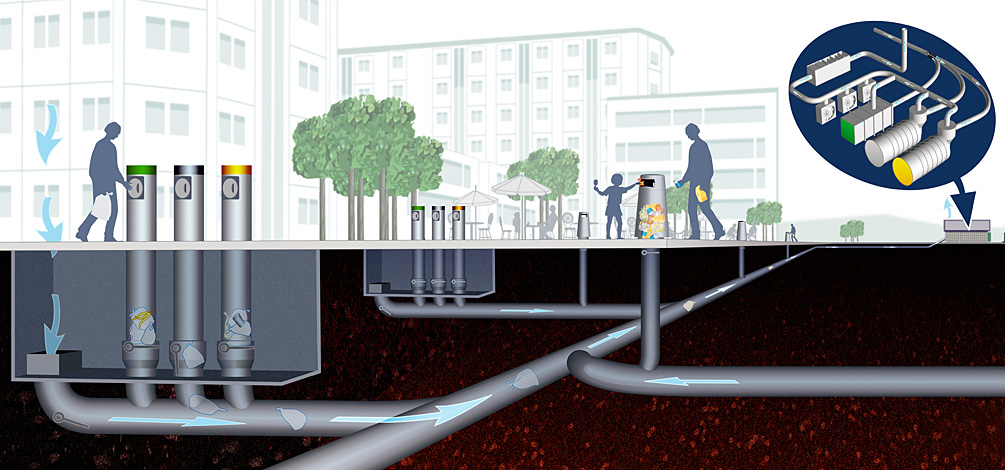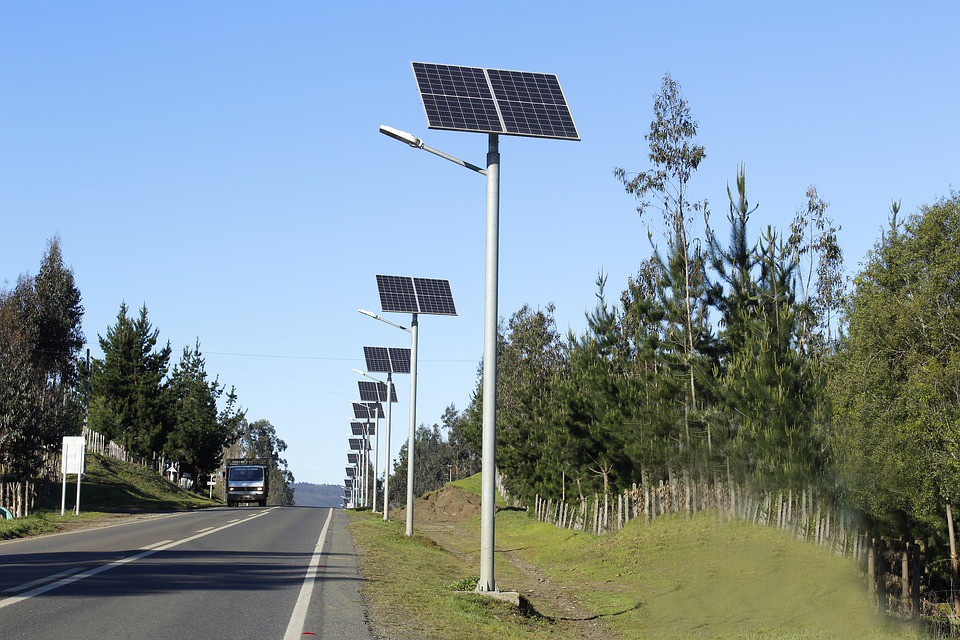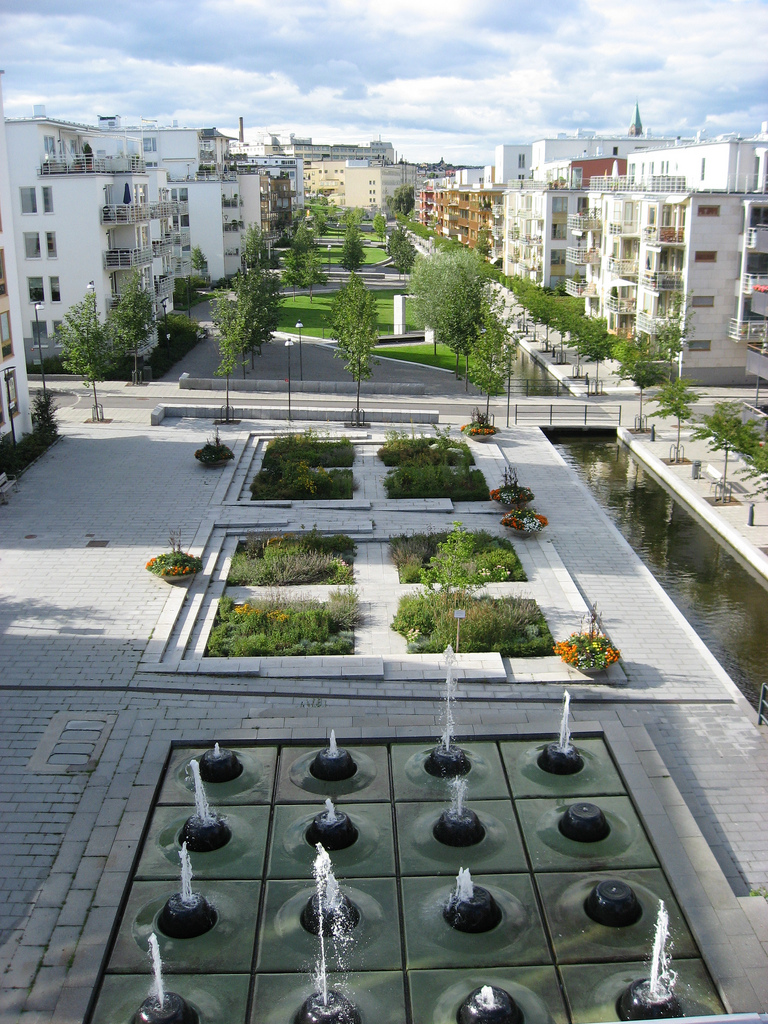TR02 MUNICIPAL ENERGY EFFICIENCY
Assessment and improvement of infrastructures and municipal urban services’ energy efficiency

Aim
Save energy in the services and infrastructures managed by municipal administrations. By carrying out energy audits and planning improvements, the aim is to reduce the negative impact on climate change.
Why?
The energy consumption of municipalities has been increasing in recent decades, with an average in Spain of approximately 2.5% of its budget. On the other hand, local authorities have a legal obligation to rationalise public expenditure.
This energy consumption has a direct translation in GHG emissions, and depending on the origin of this energy, these emissions will be higher or lower. Due to the fact that energy consumption is present in all the municipal processes, equipment, buildings and installations, its planning and management is a key factor in reducing GHG emissions.
How?
In order to achieve a significant reduction in energy consumption, it is essential to have a Sustainable Energy Action Plan (SEAP). This SEAP is an initiative of the European Commission’s Directorate-General for Energy, which was based on the 20/20/20 strategy. Through this initiative, municipalities committed themselves to reducing emissions by more than 20% by 2020, but the same Plan serves to reduce emissions beyond 2020. This SEAP should include the following elements:
► Emissions Inventory
The first step will be to carry out an inventory of emissions, identifying the systems or services which consume more energy, to help planning, concentrating efforts on them. Public lighting is generally the service that consumes the most energy, and also where there are more improvement opportunities, but there are other services or infrastructure that involve significant consumption: schools, sports centers, administrative buildings, etc.. If there are facilities such as water treatment plants and waste processing centres, energy consumption increases considerably. Another service that also involves considerable energy consumption is public transport, although it is also possible to reduce emissions easily.
► Energy Diagnosis
The inventory and energy flows of the municipality identify the main energy-consuming and GHG-emitting sectors and activities. This identifies areas for improvement in order to reduce energy consumption and emissions.
► Action Plan
This is where the actions to be implemented will be collected. For each one of the actions the effective reduction and its cost will be calculated, and the agents involved and the timeframe for implementation determined. Each action must have an indicator that allows the quantification of its effectiveness.
► Monitoring
A monitoring programme should be considered for each action according to the indicators defined.
► Participation
SEAP should be a participatory and transparent process, so it should have a participatory process. Due to the areas affected, participation should be different for municipal service workers and the general public.
► Communication
The communication plan should achieve two main objectives: To increase participation and to disseminate the measures and their objectives.
Although the selection of the measures to be taken should be made after the inventory, some of the most useful measures in cities like Lugo can be cited. Some of them are described below by sector. This only includes measures in the area of municipal services, as many of the measures for the domestic sector are included in other fact sheets.
Optimise your electricity bill
• To adapt the installations to the power really demanded, avoiding the surcharges, sometimes substantial, in concept of power excesses.
• Reactive Compensation
• Determine the load curve, and even the transfer of consumption to off-peak hours
Outdoor lighting
• Install LED lamps
• Adjust lighting levels to suit needs
• Install control elements to prevent undesired starts.
• Incorporate more efficient lamps
• Incorporate reducer-stabilizer equipment
Public buildings
• Perform audits and target defective equipment
• Improve insulation
• Take advantage of free cooling
• Recovery of extraction heat
• Use heat pumps
• Modify the types of glass and carpentry in windows and doors
• Install solar protection
• Install renewable energy production systems
• Take measures to save on lighting
Street furniture
• Minimize material quantity
• Use recyclable or recoverable materials
• Use local or regional materials to reduce transport
• Assessing the eco-efficiency of materials
• Selecting durable elements
Municipal fleet
• Fleet renewal for more efficient vehicles
• Introduction of electric vehicles
• Replacement of municipal vehicles by motorcycles or bicycles
• Police bicycle patrol
• Introduction of electric or alternative fuel city buses
Heating and cooling
• Use of alternative fuels in DHC systems
• Landfill and WWTP biogas recovery
Transport
• Reduce the transport need (see fact sheet AC03)
• Intensify the use of eGovernment
• Improving the attractiveness of public transport
WWTP
• Install Frequency Inverters
• Use diffusion aeration systems
• Replacing medium-pressure UV lamps with high-performance low-pressure lamps
• Automate deodorization systems
• To take advantage of the residual energies produced by the WWTP
Waste collection
• Introduction of intelligent collection systems
• Implement containerized collection systems by fraction, with container spaces inside the buildings.
• Use of alternative fuels in the collection fleet.
• Study the possibility of pneumatic collection
Utilities Networks
• Utility tunnels should be implemented to facilitate operation and maintenance and avoid interference between networks.
Pneumatic collection (ENVAC)

Solar street lights

Bus fueled by biogas in Stockholm

Hammarby Sjostad (Estocolmo)

Bike patrol (Honolulu)

CITY SCALE INTERVENTION

ISSUES AFFECTED
MEASURING ELEMENTS
Indicator
Cross-sectional solution. Each of the services or infrastructures will be evaluated using a different indicator. Many of these are included in the individual solution fact sheets.
PLANNING LEVEL
General Planning
Development Planning
Urbanization Detailed Design
Construction Detailed Design
PEOPLE INVOLVED
Local officials
Planning and design team












